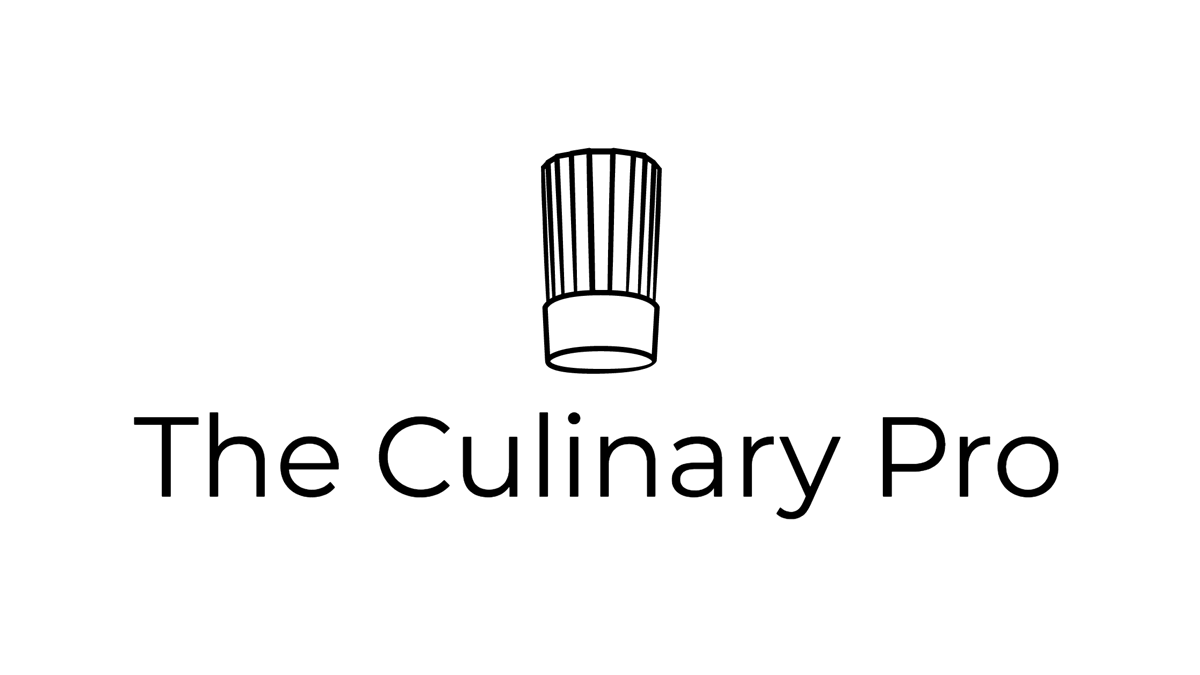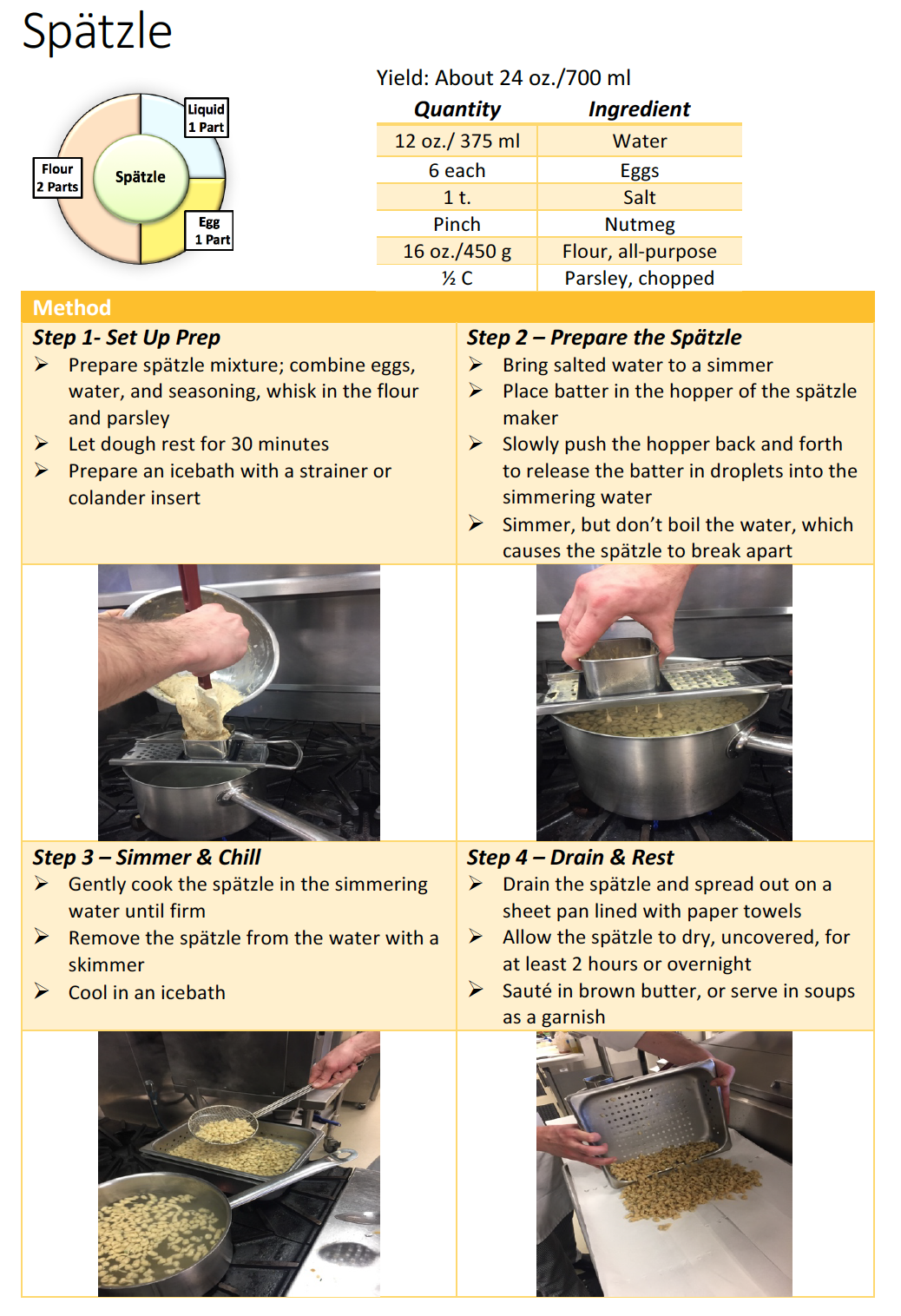Dumplings
Dumplings and their variations are found in most cultures around the world. Dumplings are prepared with wheat flour, potatoes, matzo meal, or bread and may include egg, meats, fish or vegetables. They can be savory or sweet. They can be steamed, simmered, or fried. They are closely related to noodles and pasta. They are often shaped into rounds and served with soups or stews. Some variations use a pasta style of dough creating filled dumplings like kreplach, pierogi, and won-tons. Dumplings can be steamed, simmered, pan- fried, deep-fried or baked.
Basic Dumpling
At their most basic, dumplings are simple dough’s prepared with flour, fats including beef suet, chicken fat, oil, or butter, and a leavening agent of baking powder or eggs and moistened with a little water or milk. The dough is portioned into rounds and simmered in salted water. Recipes often use a self- rising flour with the leavening already added to the flour. Some recipes include eggs. Drop dumplings are made with a looser batter and have a free-form rustic appearance. Variations may include cheese, herbs, or croutons. Dumplings can also be breaded and fried.
Bread Dumplings
Making use of leftover stale bread, these dumplings are common in Central European cooking. Bread is cubed and combined with eggs, milk, and sautéed onions. The dumplings are shaped and simmered in water. Sweet versions will include fruit and cheese. The dumplings can also be formed into a log, rolled in cheesecloth, steamed and sliced.
Gnocchi
One of the earliest versions of gnocchi from Roman times is a preparation of semolina flour with eggs made into a thick dough or porridge. This version known as Gnocchi alla Romana is shaped flat and baked in an oven. It is prepared similar to polenta and in fact has similar characteristics in texture and consistency
Gnocchi alla Piedmontese prepared with potatoes, flour, and egg came about when the tubers were introduced to Europe in the 16th century. This version is a more traditional dumpling in its texture and shape. Cooked potatoes are cooled, then grated and mixed with eggs and flour. The dough is then rolled, cut, and shaped with a fork. Florentine gnocchi are a light version using spinach, ricotta, and flour. Gnocchi a la Parisienne is a French version on Italian gnocchi that utilizes a pâte à choux dough. The dough is piped from a pastry bag and poached. The gnocchi are then baked in a casserole with béchamel sauce or a hard grating cheese (Parmigiano-Reggiano, Gruyère or Asiago).
Matzo Balls
A tradition in Eastern European Jewish cooking, these dumplings are made from a mixture of matzo meal, eggs, water, and chicken fat. They are traditionally served in chicken soup and are a staple food during Passover. Matzo meal is made from an unleavened bread of flour and water.
Spätzle
Spätzle originated in the cooking of Central European, Germany, Switzerland and Austria. It is a loose batter of flour, eggs and water or milk and prepared by forcing the dough through a spaetzlehobel, a wide-holed grater with a sliding hopper on top mounted over a pot of simmering water. The hopper is filled with batter and slid back and forth over the holes as the batter drips down through the holes into the boiling water. A colander can also be used to prepare the spätzle. Leberspätzle are a similar batter prepared with the addition of ground liver.
European Filled Dumplings
Kreplach
Kreplach is a Yiddish name for dumplings filled with potatoes, meat, dairy, or sweet fillings. The most popular is a simple preparation of ground meat or chicken with onions and seasoning. The meat can be precooked or the filling can be used raw. Another classic is pureed potatoes with egg yolk, onions and garlic, or a fresh cheese filling. Kreplach can be formed into various shapes including round, half moon, triangles, squares and specialty shapes. They are simmered using the pasta cooking method. Some versions are fried. Kreplach are often served in chicken broth.
Pierogi
Found in various Central European countries, Pierogies are the Polish name for unleavened dough similar to pastathat is rolled thin and filled with a variety of ingredients including ground meat, potato puree, sauerkraut, cheese, or fruits. They are cooked in water and then sautéed or sometimes baked. The dough is prepared with flour, eggs, and sometimes sour cream. The dough is rolled, cut into rounds, filled, and folded into a half-circle. They are simmered for a few minutes and then sautéed in butter until golden brown. Pierogi are served with sour cream or yogurt and chopped scallions or chives.
Asian Dumplings
Gyoza
Gyoza are Japanese pan-fried dumplings that are similar to Chinese pot stickers. A traditional filling includes ground pork, cabbage, scallion, garlic, sake, soy sauce and sesame oil Miso, red chili flakes or sugar are optional additions. The gyoza are filled and shaped then pan-fried and steamed.
Pot Stickers (Guotie)
Pan-fried Chinese dumplings filled with ground pork, beef, chicken, shrimp, or fish. Popular mixtures include pork with Chinese cabbage, pork with garlic chives, pork and shrimp with vegetables, pork with spring onion, garlic chives with scrambled eggs.
Won-tons
Won-tons are Chinese dumplings that are prepared in various shapes including triangles, pouches and bundles. They are simmered, deep-fried or pan-fried and served as appetizers or in soups. Fillings include ground pork, chicken, shrimp or fish. Other ingredients used include garlic, scallions and bok choy. The various provinces of China each have their own wonton variations with some having unique shapes large and small.










